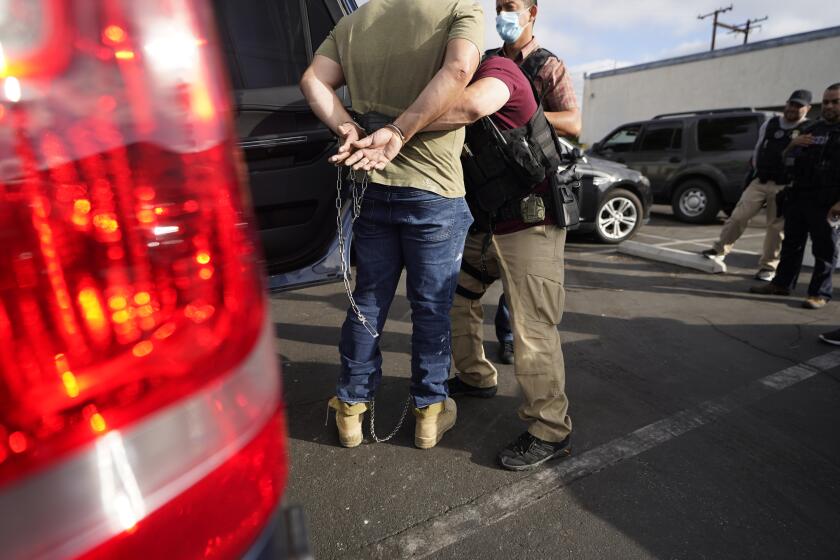The year in national news: Protests, storms and more mass killings

The Los Angeles Times covered news all around the world. This video highlights some of our staff’s most engaging visuals and storytelling from 2017.
- Share via
More than 1 million rally nationwide for women’s rights
As it turned out, this was not the year of the first female president. It was, though, the year that women said #MeToo – and #Resist. The biggest single event occurred the day after President Trump’s inauguration, when well over a million women and their male supporters rallied in cities around the world, including Washington, New York, Chicago and Los Angeles. “We can whimper, we can whine, or we can fight back,” Sen. Elizabeth Warren told marchers in Boston. “Me, I’m here to fight back.”
White supremacists’ rally in Charlottesville turns deadly
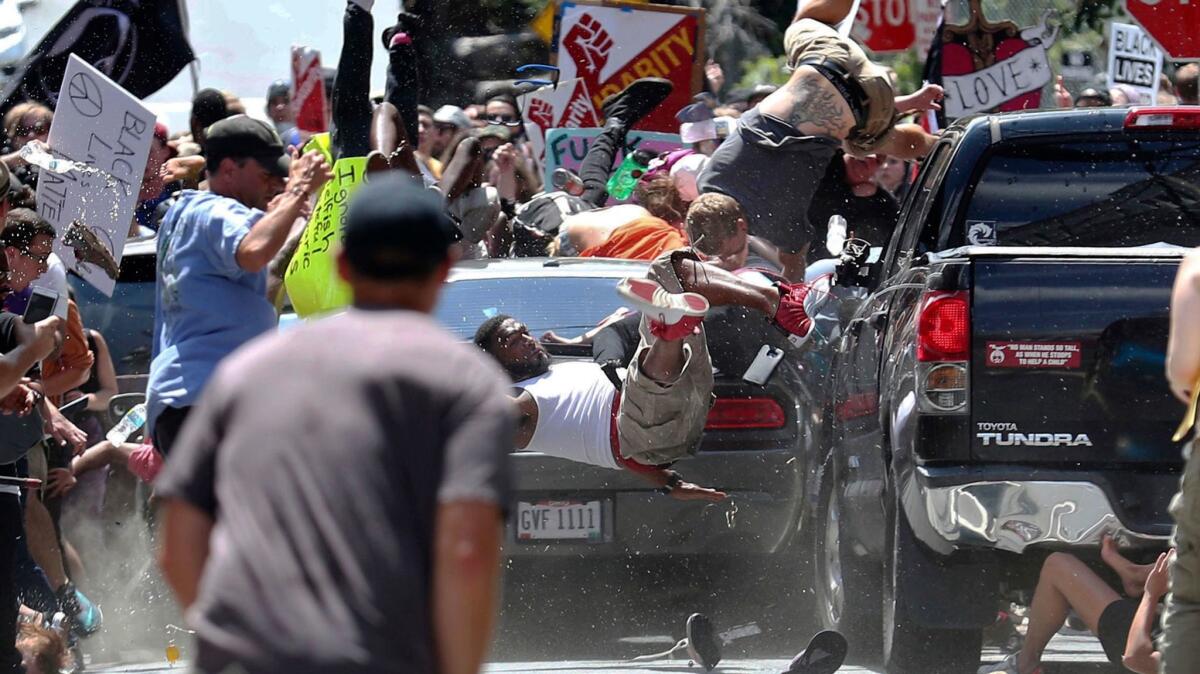
By their own telling, white supremacists were emboldened by the election of President Trump, who was slow to renounce them and embraced some of their social media memes during the campaign. That all came to a head on Aug. 12, when neo-Nazis and other assorted white supremacists rallied in Charlottesville, Va., chanting “blood and soil!” and “White lives matter!” Violence led to the death of a woman run over by a driver later identified as a white supremacist from Ohio. Two state troopers patrolling the area also died when their helicopter crashed. An independent review of the events conducted by former U.S. Atty. Timothy Heaphy concluded that the city of Charlottesville had failed to protect public safety and the protesters' right to express themselves.
Total solar eclipse unites millions of Americans — if only briefly
It was an event that inspired Americans to stop in their tracks and gaze — at the total solar eclipse. Moving along a 2,600-mile, 14-state swath starting in Oregon and ending in South Carolina, the eclipse seemed to bring out everyone's awestruck inner poet — or curious amateur scientist. Even in cities where the eclipse was only partial and the sky barely darkened, office workers clustered on street corners, using protective spectacles to look at the obscured solar disk. And for those who fell in love with the darkest moment of the celestial event, when they had the rare chance to glimpse the sun’s fiery corona, it’s not too early to plan for the next one in the U.S., in 2024.
Farewell to Cassini, the spacecraft that explored Saturn and then plunged into its atmosphere
Just a few weeks after Americans marveled at the solar eclipse, scientists marked a bittersweet farewell to Cassini, the NASA spacecraft that spent 13 years exploring Saturn. Cassini, whose breakthrough discoveries revolutionized the search for life beyond Earth, disintegrated in the ringed planet’s cloud tops. NASA had extended the spacecraft's original four-year mission twice. And even in the final seconds before it burned up like a shooting star, it gallantly sent back new data from deeper in Saturn’s atmosphere than it had ever been before.
Hurricane Harvey rips into Texas Gulf Coast and delivers a deluge in Houston
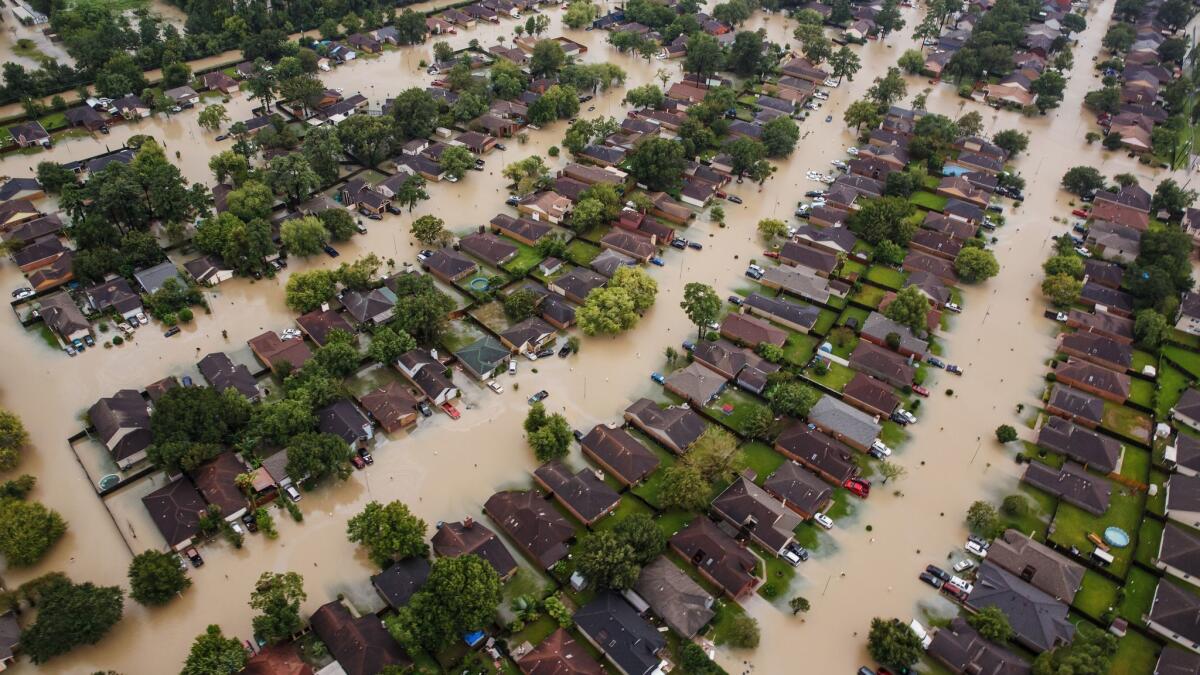
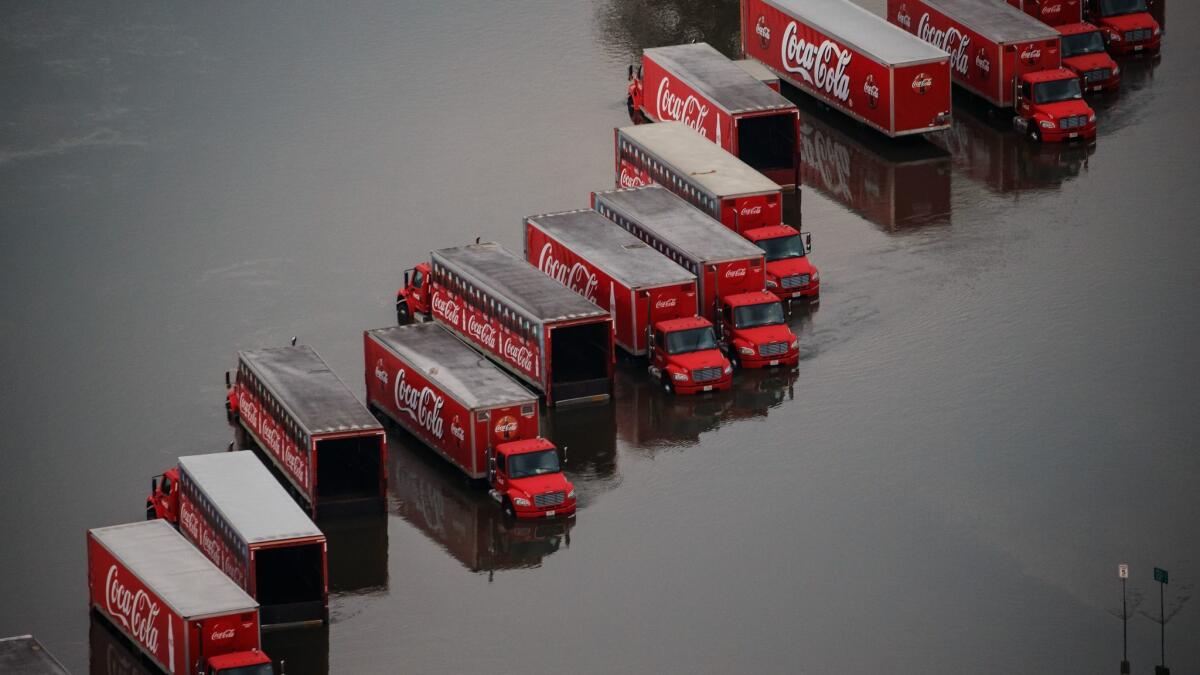
It was a hurricane season like no other. Hurricane Harvey slammed into the Gulf Coast of Texas on Aug. 25, drove north and camped over Houston for days, bringing a deluge that flooded tens of thousands of homes. Statewide, more than 50 people died. Less than two weeks later, Hurricane Irma rampaged through the Caribbean before hitting Florida, causing widespread damage but far fewer deaths than feared.
Puerto Rico devastated by Hurricane Maria; months later, many residents continue to struggle
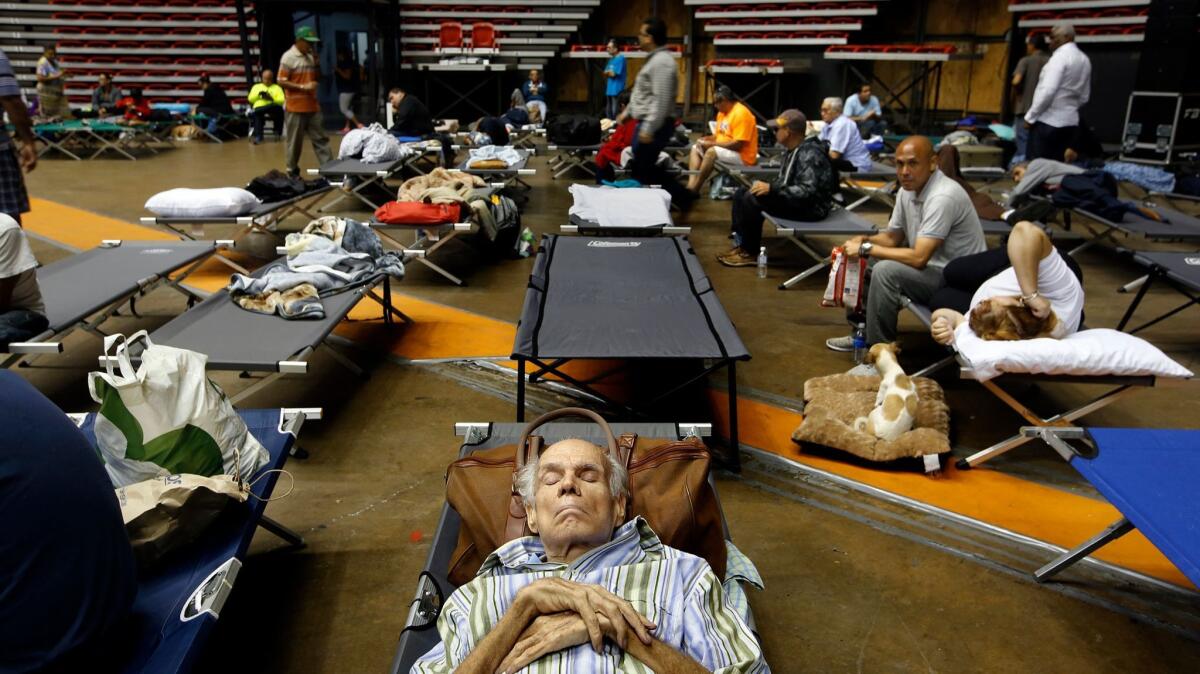
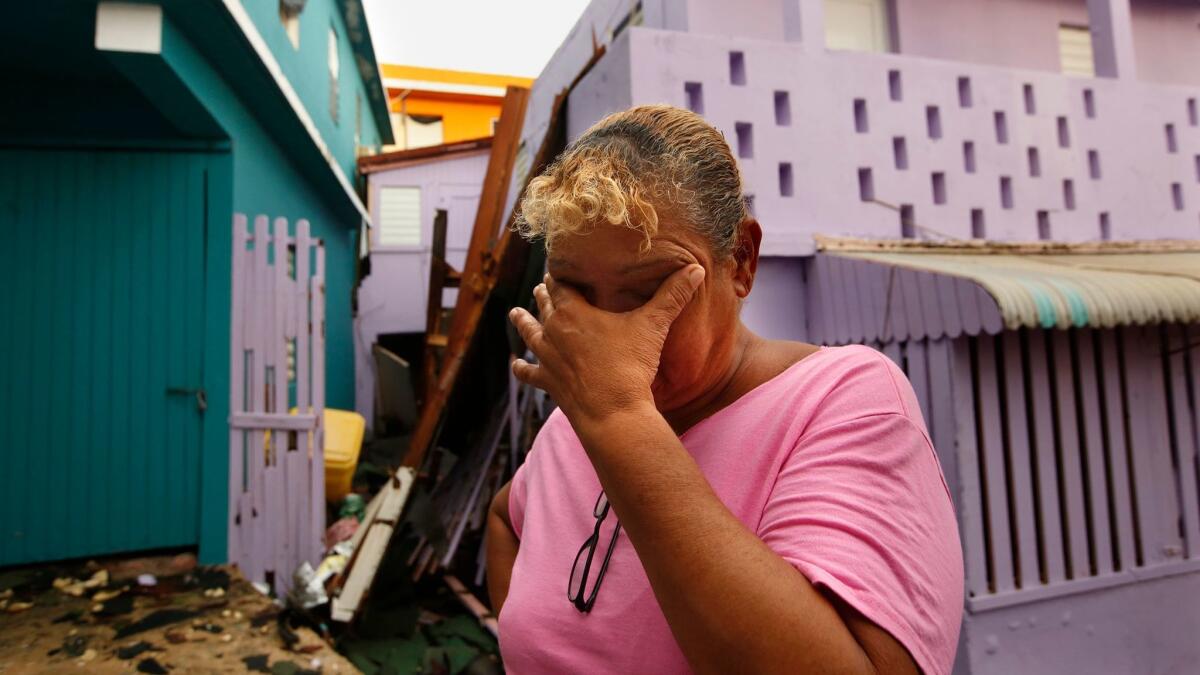
Then came Hurricane Maria, which made a direct hit on Puerto Rico, leaving most of the island without power or potable water — but with plenty of rage over what was perceived as inadequate help from the Trump administration. More than two months after Maria tore through the island, much of the U.S. territory remained crippled.
In Las Vegas, the worst mass shooting in U.S. history
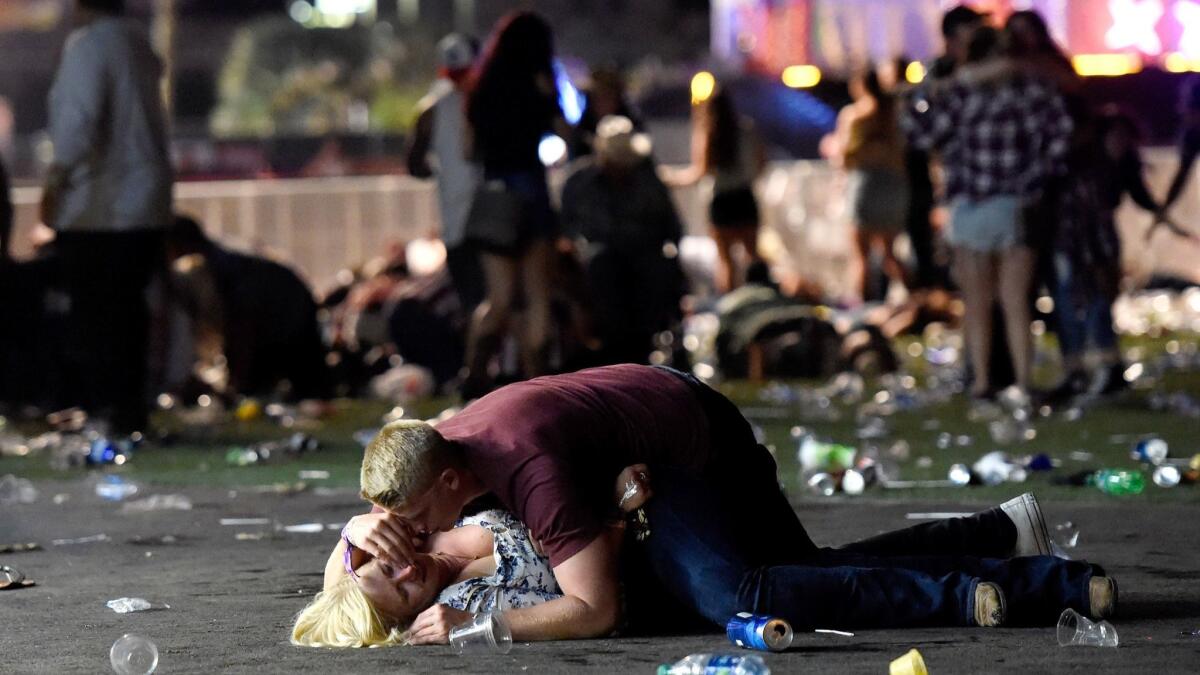
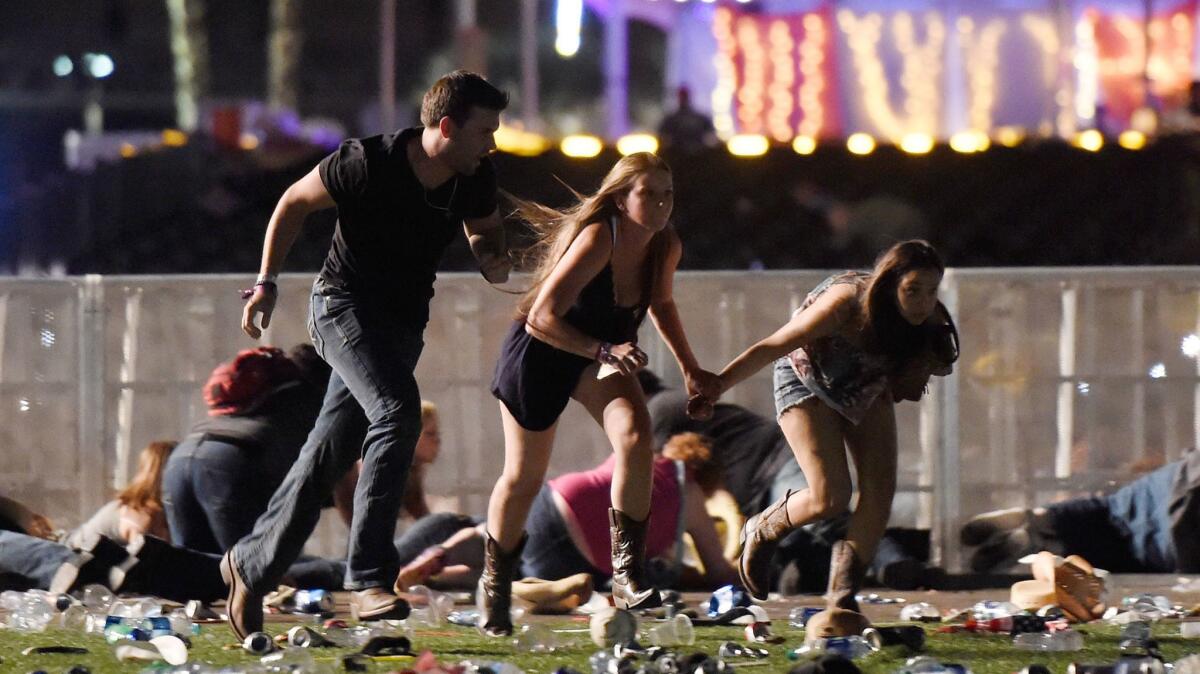
On the ground, it was a party. Thousands of people were spread out across a fairground, enjoying a country music performance as part of the Route 91 Harvest festival. High above them, a man with high-powered assault weapons was watching from a window of the Mandalay Bay hotel. Then he opened fire. Fifty-eight people would die and more than 500 would be injured in the worst mass shooting in U.S. history. The shooter apparently took his own life; his motive remains a mystery. The stock of gun manufacturers rose after the shooting.
Las Vegas shooting victims: Portraits of the fallen »
Eight people killed in Manhattan truck attack
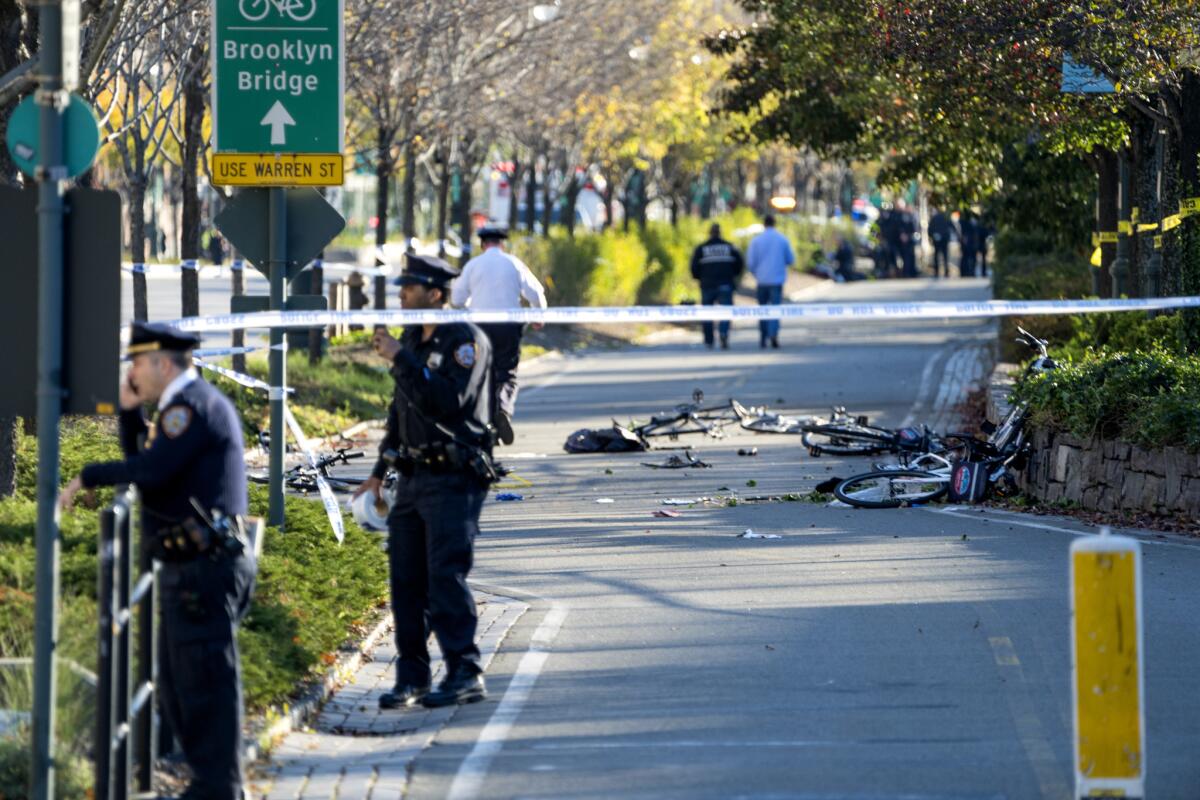
After it was done, after, authorities said, he killed eight people by driving a rental truck along a popular bike path in Lower Manhattan, Sayfullo Saipov lay in his hospital bed, said he “felt good about what he had done” and asked for an Islamic State flag to be hung in the room. Saipov, a legal immigrant from Uzbekistan, was yet another acolyte who had been radicalized by Islamic State online and allegedly took it upon himself to kill as many people as possible. New York refused to bow. The New York Marathon went ahead as scheduled the following Sunday. “I left my bodyguard at home,” one spectator joked.
Gunman kills 26, wounds more than 20 in Texas church shooting
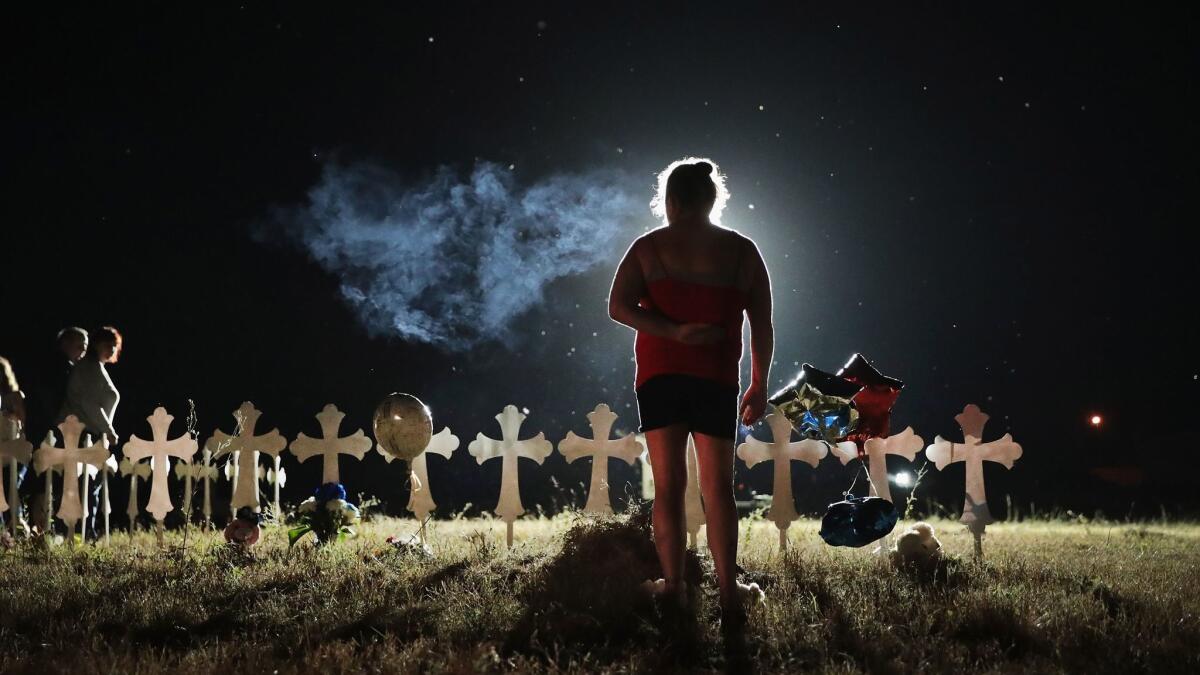
The killer was methodical, relentless. He marched through the church with an AR-15-style rifle and mowed down everyone he saw — adults, teenagers, babies. His target was as “soft” as they come — First Baptist Church of Sutherland Springs, Texas, a welcoming place whose congregants included the shooter’s mother-in-law, with whom he was apparently having a dispute. In the end, 26 people were killed, including the daughter of pastor Frank Pomeroy. “I know everyone who gave their life that day,” Pomeroy said a week later, wiping away tears. “I guarantee they are dancing with Jesus today.”
Sign up for Essential California
The most important California stories and recommendations in your inbox every morning.
You may occasionally receive promotional content from the Los Angeles Times.




